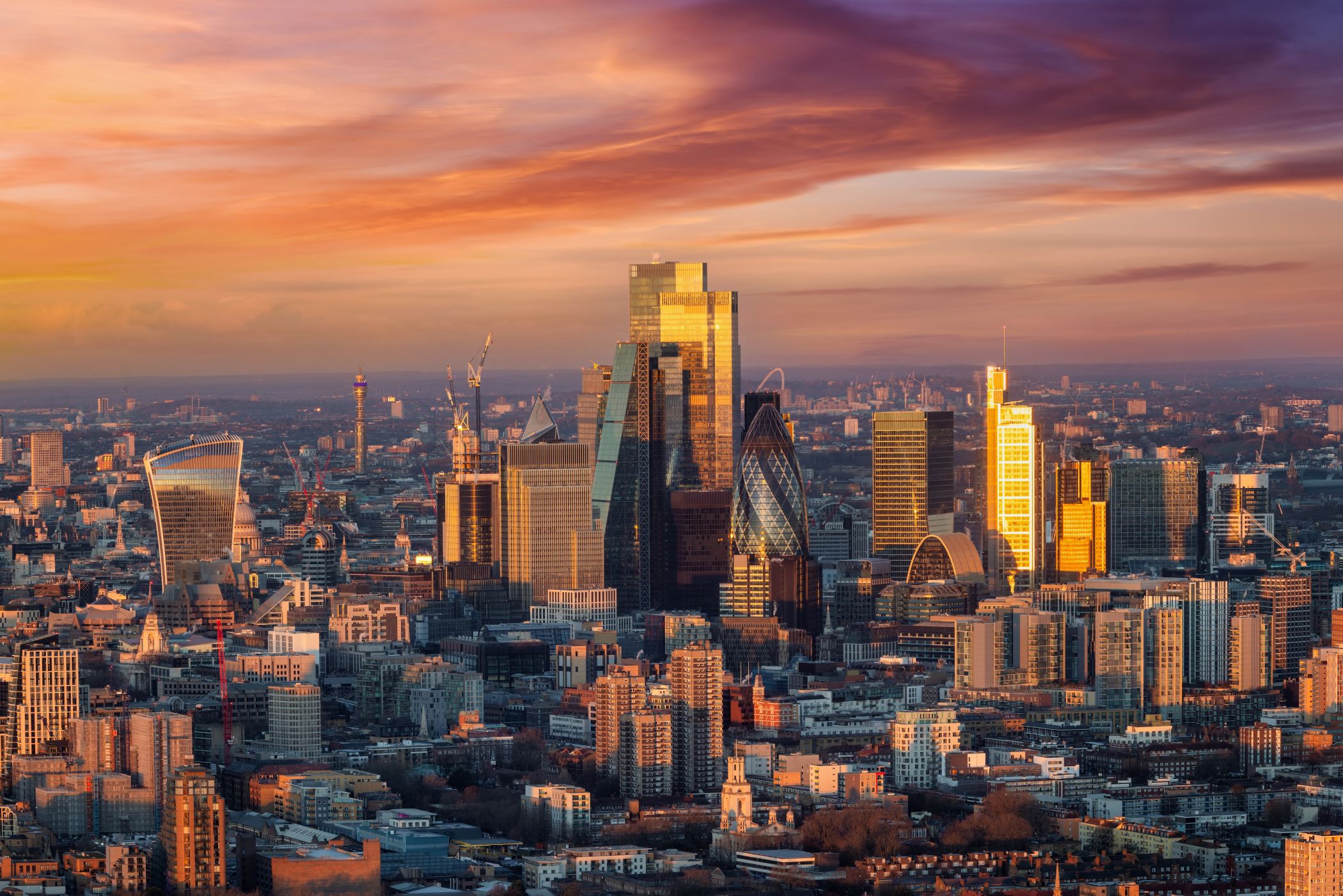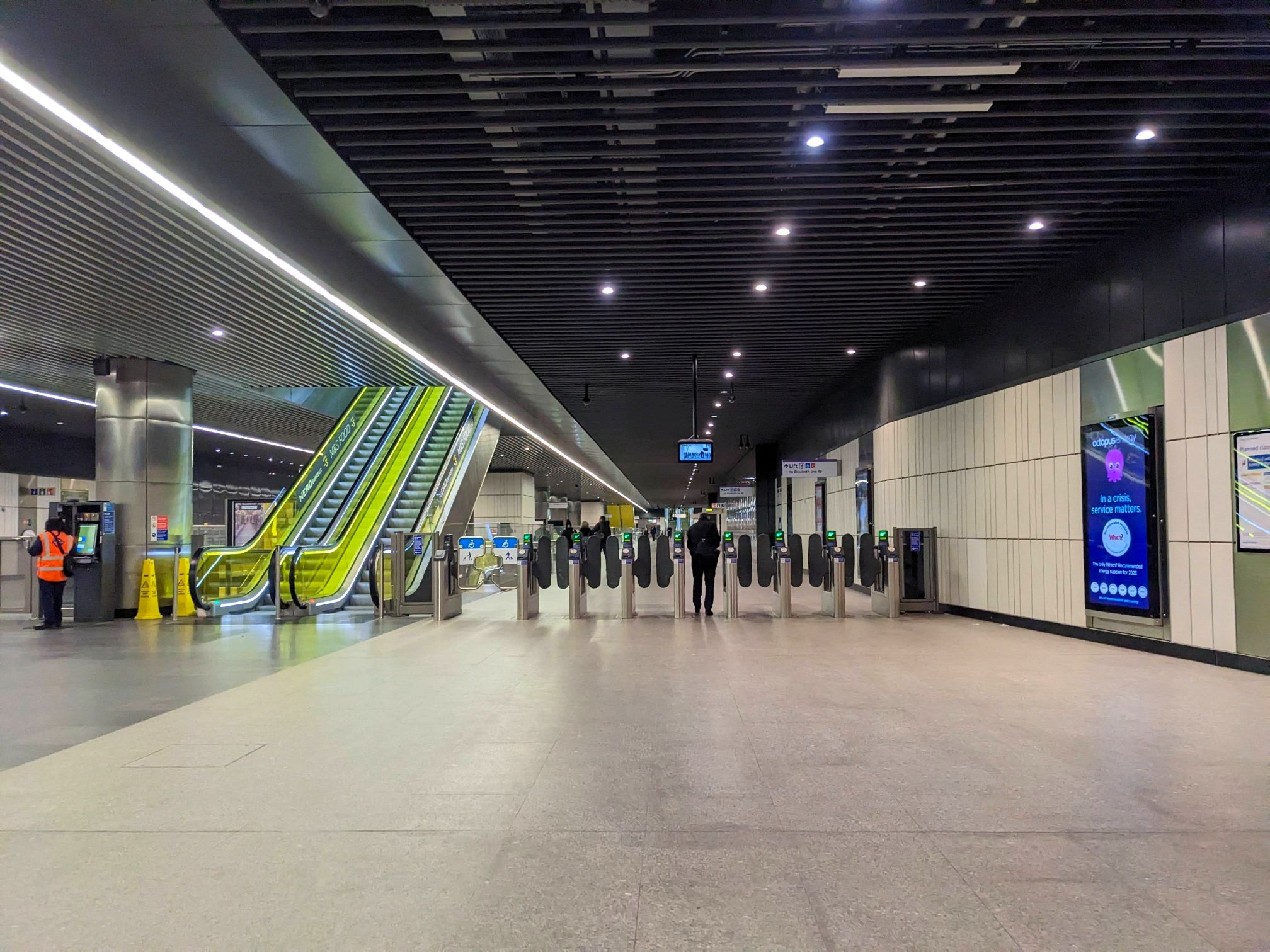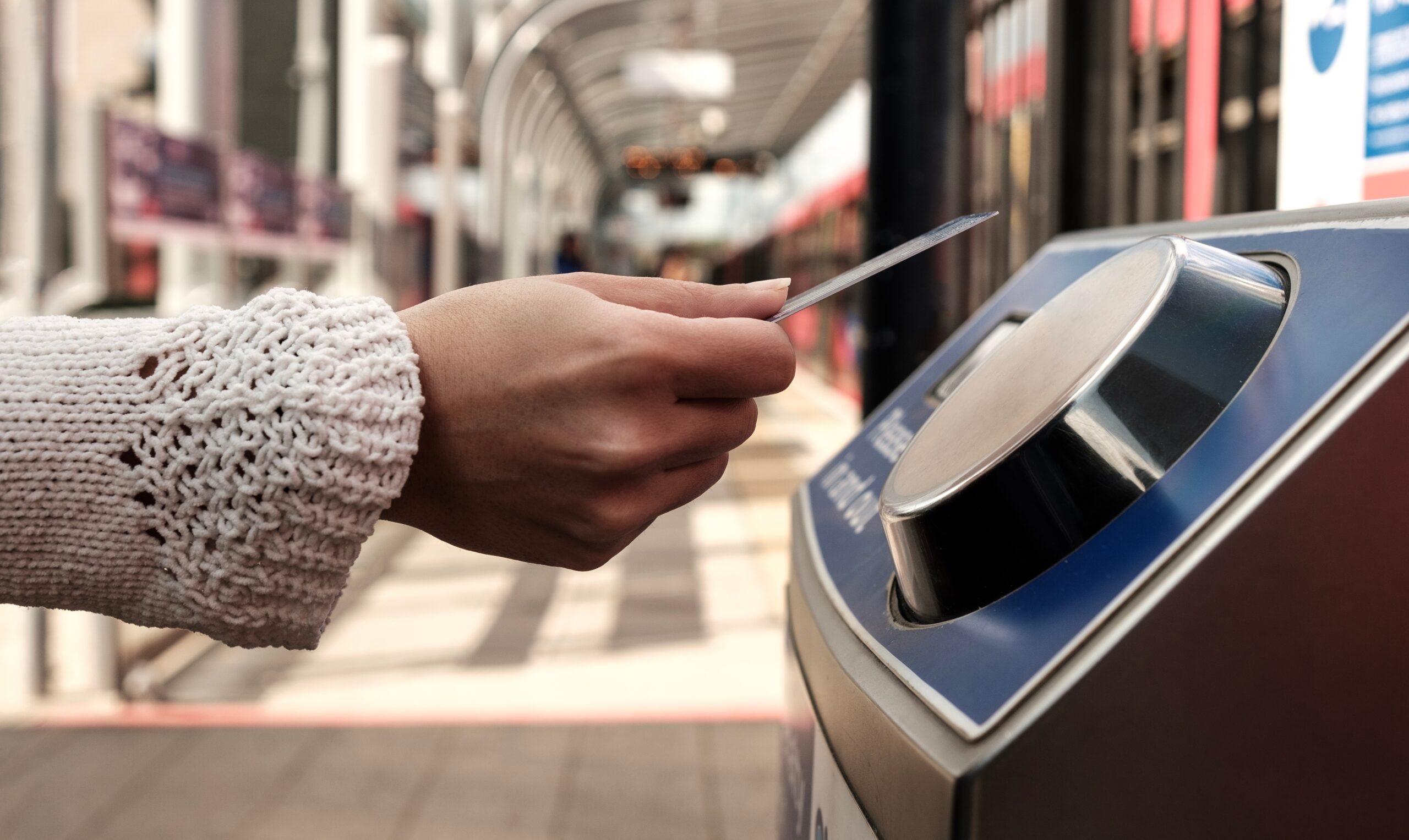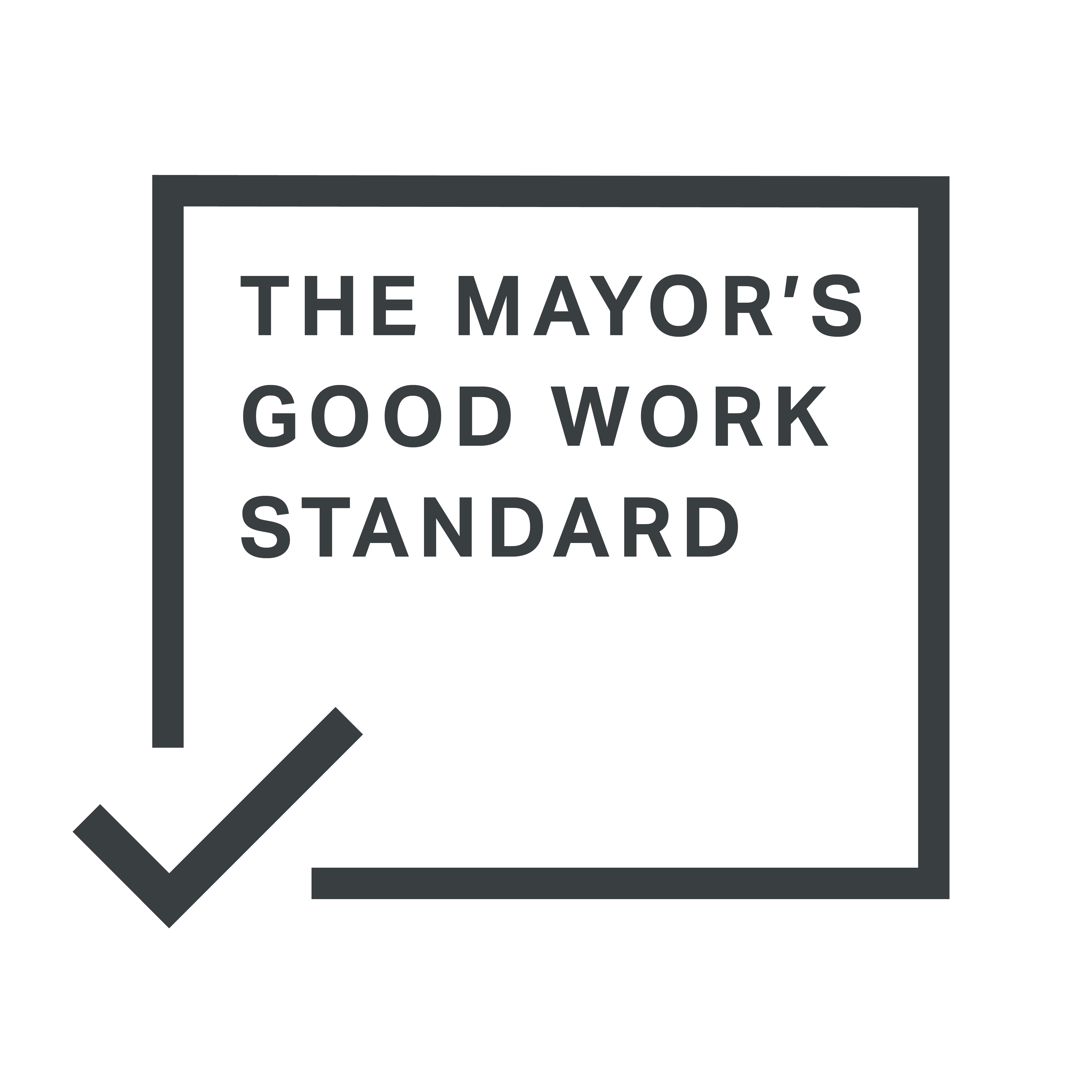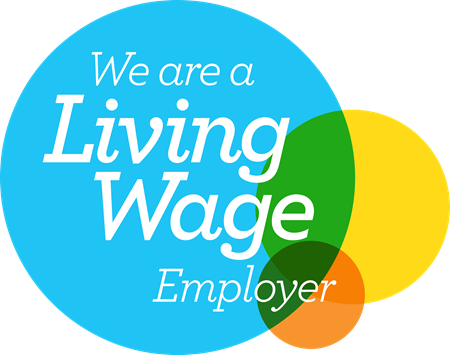18 June 2025
One of our key asks in last year’s bus report was for TfL to focus on improving bus journey times through a range of bus priority measures.
Our recent video, created alongside the London Bus Alliance, shows some interventions that improve bus journey times and make buses more efficient as they travel around the capital. You can watch the video here.
But do you know what all the different interventions mean? This quick article should help it all make sense…
Bus lanes
Did you know that London has over 300 kilometres of bus lanes? These are lanes reserved mainly for buses – but are sometimes shared with taxis or cyclists, and may be in operation only at specific times of day. Bus lanes really help to improve bus journey times, enabling buses to bypass other everyday traffic.
Contraflow bus lanes
Contraflow bus lanes allow buses to travel in the opposite direction to the flow of traffic on a one-way street. This can help reduce journey times by enabling buses to avoid long detours.
Only a small minority of bus lanes in London are contraflow bus lanes.
Bus gates
Again quite rare in London, bus gates are short sections of road that are just for buses and, occasionally, taxis or bikes. Bus gates stop general traffic such as cars from using these stretches of road, and help reduce congestion on key bus routes.
Bus-only junctions
Bus-only junctions are designed to ensure that buses can proceed without being delayed by other vehicles.
Bus-only signals
Bus-only signals control movements for buses in a dedicated lane. This helps buses get through busy intersections more quickly.
The London Bus Alliance was set up in 2021 to help make the case for the importance of the bus to Londoners and reverse the decline in bus ridership. Find out more here.


